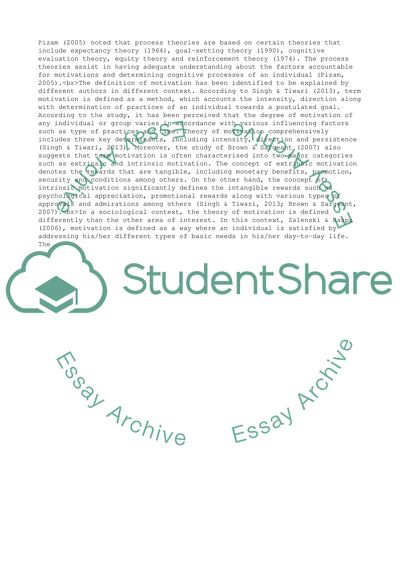Cite this document
(“Motivation and job satisfaction Literature review”, n.d.)
Retrieved from https://studentshare.org/management/1663481-motivation-and-job-satisfaction
Retrieved from https://studentshare.org/management/1663481-motivation-and-job-satisfaction
(Motivation and Job Satisfaction Literature Review)
https://studentshare.org/management/1663481-motivation-and-job-satisfaction.
https://studentshare.org/management/1663481-motivation-and-job-satisfaction.
“Motivation and Job Satisfaction Literature Review”, n.d. https://studentshare.org/management/1663481-motivation-and-job-satisfaction.


